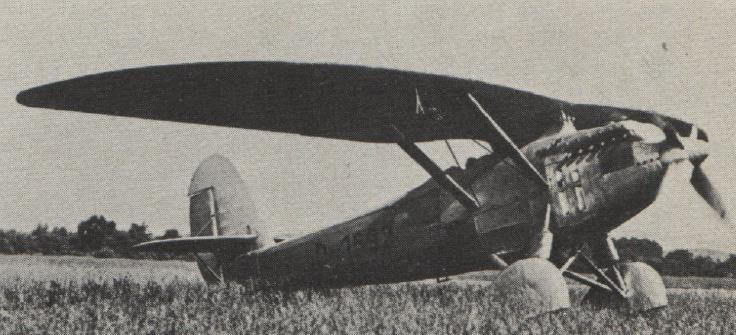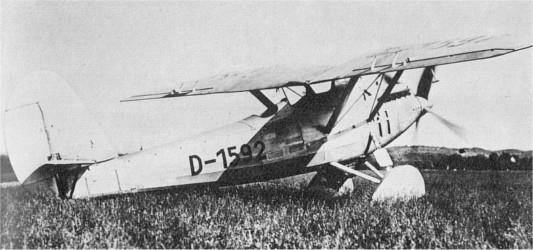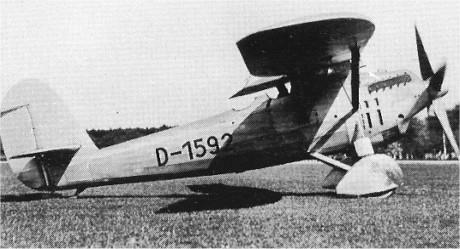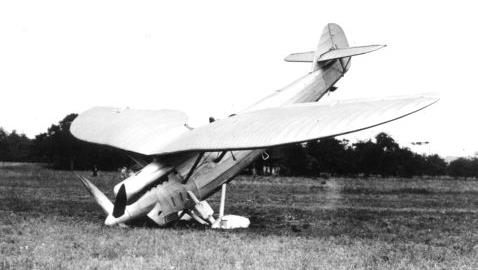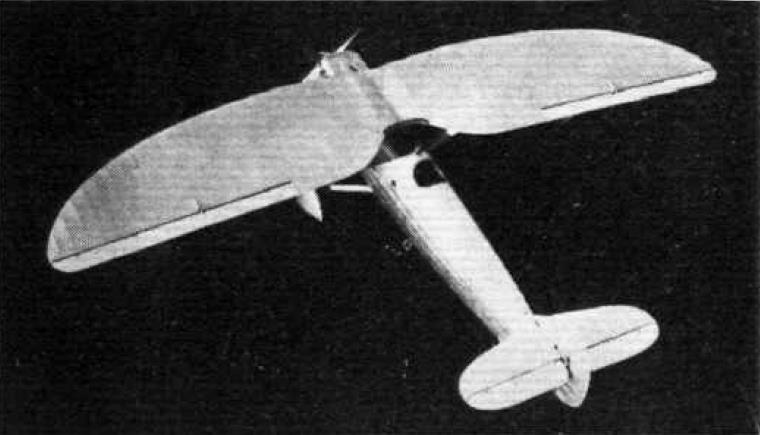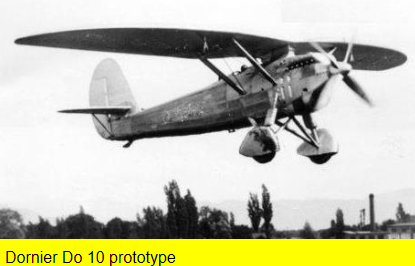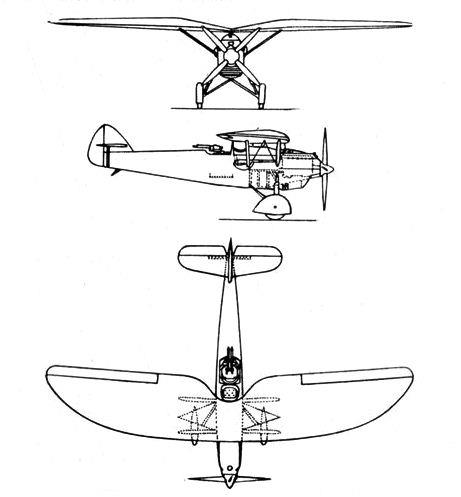| Weights |
Empty weight. 2 200 kg., flying weight.2 640 kg |
Empty weight 2200 kg, flying weight 2640 kg |
Empty wight1600 kg, flying weight 2300 kg |
| Performance |
Max. speed 272 km/h at sea level, 318 km/h at 3500 m, range 800 km, service ceiling 9500m, time to 1000 m, 2 min.
|
Max. speed 288 km/h at sea level, cruising speed 250 km/h, climb to 1000 m 1 min. 54 sec., to 5000 m 12 min. 48 sec., range 800 km, service ceiling 7500 m |
Max. speed 278 km/h at sea level, 315 km/h at 3500 m, range 800 km, service ceiling 9100 m |
